UP ON SUGAR HILL: Unique Experience Transforms Sunset
on Sugar Hill by Souleo
This past November, the sights and sounds of Sugar Hill were refracted and synthesized through the Contemporary Electro-acoustic Flute Soundscapes in Urban Scenario program. This performance project featured Yael Acher “KAT” Modiano, an award-winning flutist, composer, and educator creating a dreamlike electro-acoustic sound/noise-art ambiance where she responded to natural light, or the lack thereof. On November 17 she chose the cusp of sunset as her backdrop. Here her flute and electronics engaged with light and sound for a memorable experience. We spoke with “KAT” to learn more about her process, the influence of light, and how Sugar Hill served as her muse.
Why did you want to bring this particular project to this particular space within Sugar Hill?
“I feel committed to sharing my music in the context of social change through artistic expression. In that sense the museum and Broadway Housing Communities represent social visions though artistic creativity and supportive housing. From an aesthetic point of view the vast urban scenario and views of Upper Manhattan, displayed from the top floor of the contemporary building’s structure inspires my music. My aim is to communicate through sounds, views, and natural light to resonate within people’s conscious and subconscious, and thereby nourish their imagination.”
You mention the influence of light and the role it plays in your performances. Seasonal effective disorders such as the winter blues have been linked to a lack of sunlight during this time of the year. How does your work and the way you use light respond to such situations?
“When I initially thought of this project I thought of how light affects us; of how experiencing live music can vary significantly as the light around us changes. The fact that the existence or absence of light has such a profound influence on our states of mind is fascinating to me. As an artist, I share the idea that artistic action is inherently social action or activism, since it can potentially alleviate human suffering. From that perspective, artists need to be motivated to understand the blues in others and to help inspire self-empowerment.”
How did the neighborhood of Sugar Hill influence the direction of the work?
“At the museum there was the mystical Día de los Muertos (Day of the Dead) altar behind me. It referred to the Latin cultural heritage of Sugar Hill and Washington Heights, and it linked to an aesthetic and spiritual expression that I believe everyone could perceive. With the electric lights turned off and only one spotlight directed towards the altar, and myself, we could see the glittering lights of Upper Manhattan. It felt as though we were in an independent universe of sound, color, and lights. Yet, the cultural statement of the scenery behind me and the view of the outdoors placed us in the heart of the Sugar Hill artistic legacy.”
Was the response you received from those in attendance what you expected or hoped for?
“It seemed that the people were focused on experiencing the moment, the music, and place. Also very young children who came with their parents listened attentively. They were focused on the performance of abstract music. People said that the medium of electro-acoustic live music with the special lighting and urban views, contributed to a meditative state of mind. All of that is the experience that I hoped to achieve. What surprised me was the genuine attentiveness of the very young audience, which means a lot to me as an artist.”
[This interview has been edited and condensed for clarity]
Contemporary Electro-acoustic Flute Soundscapes in Urban Scenario is made possible in part with public funds from Creative Engagement, supported by the New York City Department of Cultural Affairs in partnership with the City Council and administered by Lower Manhattan Cultural Council. LMCC.net



